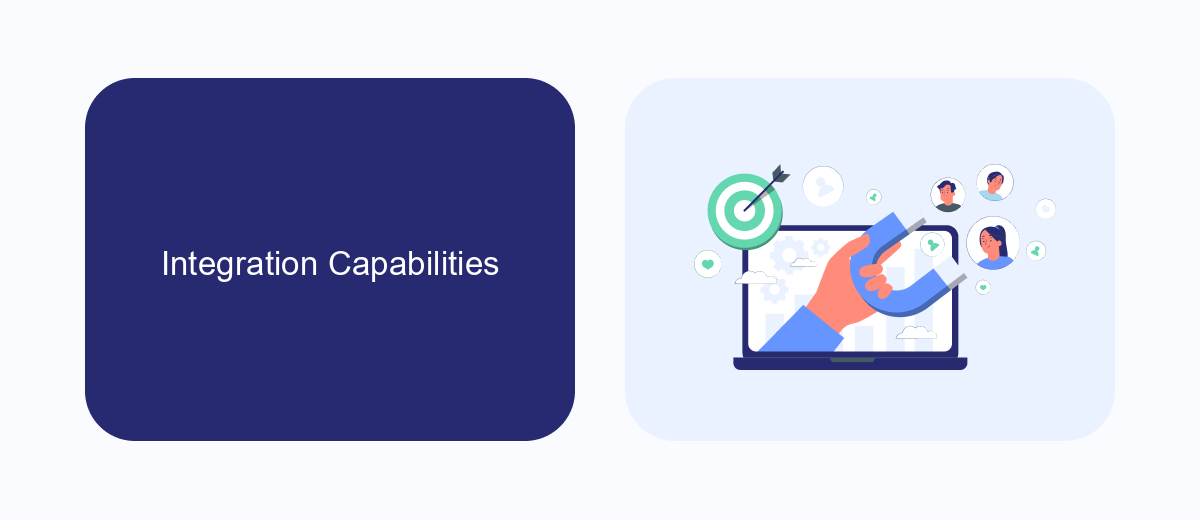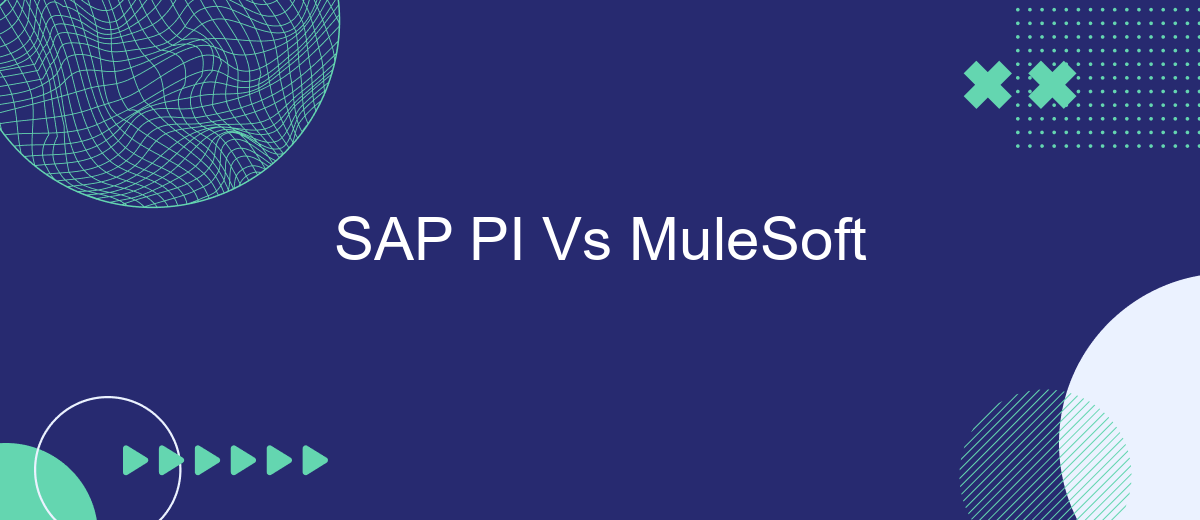In the rapidly evolving landscape of enterprise integration, choosing the right platform is crucial for seamless data flow and operational efficiency. This article delves into a comparative analysis of SAP Process Integration (PI) and MuleSoft, two leading integration solutions. By examining their features, strengths, and use cases, we aim to guide businesses in making an informed decision tailored to their unique needs.
Introduction
In today's interconnected digital landscape, businesses require robust and flexible integration platforms to streamline their operations and ensure seamless data flow across various systems. Two prominent solutions in this domain are SAP PI (Process Integration) and MuleSoft. Each platform offers unique features and capabilities, making the choice between them crucial for organizations aiming to optimize their integration strategies.
- SAP PI: A comprehensive integration tool designed for SAP environments, offering deep integration with SAP applications.
- MuleSoft: A versatile integration platform that supports a wide range of applications and services, providing extensive connectivity options.
When evaluating these platforms, it's essential to consider factors such as ease of use, scalability, and the ability to integrate with existing systems. Services like SaveMyLeads can further enhance integration efforts by automating lead data transfers and ensuring that all critical information is synchronized across platforms. This can significantly reduce manual efforts and improve overall efficiency in managing business processes.
Integration Capabilities

SAP PI (Process Integration) and MuleSoft are robust integration platforms that enable seamless data flow between various systems and applications. SAP PI is renowned for its deep integration capabilities within SAP environments, offering pre-built connectors and tools that simplify the integration of SAP modules with external systems. It leverages a centralized integration engine, which ensures reliable message processing, transformation, and routing. SAP PI is particularly strong in enterprise-level integrations, where complex workflows and high data volumes are common.
MuleSoft, on the other hand, excels in providing a versatile and scalable integration solution with its Anypoint Platform. It supports a wide range of integration patterns, including API-led connectivity, which allows for more flexible and reusable integrations. MuleSoft's platform is cloud-native, offering extensive connectivity options to both on-premises and cloud-based applications. Additionally, services like SaveMyLeads can complement MuleSoft’s capabilities by providing automated workflows and integrations with popular CRM systems, further enhancing the efficiency and effectiveness of integration processes. This makes MuleSoft a strong choice for organizations looking for agility and speed in their integration projects.
Data Transformation and Mapping

Data transformation and mapping are critical components in any integration platform, and both SAP PI and MuleSoft offer robust capabilities in this area. SAP PI provides a comprehensive suite of tools for data mapping and transformation, leveraging its powerful graphical interface to simplify complex data mappings. Users can define transformation rules and map data fields between different systems seamlessly.
- SAP PI: Utilizes a graphical interface for data mapping and transformation.
- MuleSoft: Offers DataWeave, a powerful language for data transformation and mapping.
- SaveMyLeads: Provides pre-configured integrations and automated data transformations to simplify the process.
On the other hand, MuleSoft's DataWeave language is highly versatile and allows for complex data transformations with minimal coding. It supports various data formats and offers an intuitive syntax for defining transformation rules. SaveMyLeads can further enhance these capabilities by offering pre-configured integrations and automated data transformations, making it easier for businesses to streamline their data workflows without extensive manual intervention.
Pricing and Licensing

When comparing SAP PI and MuleSoft in terms of pricing and licensing, it's important to consider both the initial costs and the long-term financial commitments. SAP PI typically involves a more traditional licensing model, which can include substantial upfront fees and annual maintenance costs. On the other hand, MuleSoft offers a subscription-based model that can be more flexible and scalable, particularly for growing businesses.
Both platforms offer various pricing tiers and packages, tailored to different organizational needs and sizes. However, the total cost of ownership can vary significantly based on factors such as the number of integrations, the complexity of the workflows, and the level of support required.
- SAP PI: Traditional licensing with upfront fees and annual maintenance
- MuleSoft: Subscription-based model with flexible pricing tiers
- SaveMyLeads: Affordable integration services with a straightforward pricing model
For businesses looking for a cost-effective solution, SaveMyLeads offers a compelling alternative with its affordable and straightforward pricing model. This service can help streamline the integration process without the need for extensive financial commitments, making it an attractive option for small to medium-sized enterprises.
Conclusion
In conclusion, both SAP PI and MuleSoft offer robust solutions for enterprise integration, each with its unique strengths. SAP PI excels in seamless integration with SAP environments, providing a reliable and secure platform for businesses heavily invested in SAP technologies. On the other hand, MuleSoft stands out with its flexibility and extensive connectivity options, making it ideal for organizations looking to integrate a diverse range of applications and services.
Ultimately, the choice between SAP PI and MuleSoft depends on your specific business needs and existing infrastructure. For companies seeking a more automated and user-friendly integration setup, services like SaveMyLeads can further streamline the process by offering pre-built connectors and easy-to-use tools. This can significantly reduce the time and effort required to establish and maintain integrations, allowing businesses to focus more on their core operations and less on technical complexities.


FAQ
What are the main differences between SAP PI and MuleSoft?
Which platform is easier to implement, SAP PI or MuleSoft?
Can SAP PI and MuleSoft be used together?
What are the licensing costs associated with SAP PI and MuleSoft?
How can I automate and streamline integrations effectively?
What do you do with the data you get from Facebook lead forms? Do you send them to the manager, add them to mailing services, transfer them to the CRM system, use them to implement feedback? Automate all of these processes with the SaveMyLeads online connector. Create integrations so that new Facebook leads are automatically transferred to instant messengers, mailing services, task managers and other tools. Save yourself and your company's employees from routine work.
